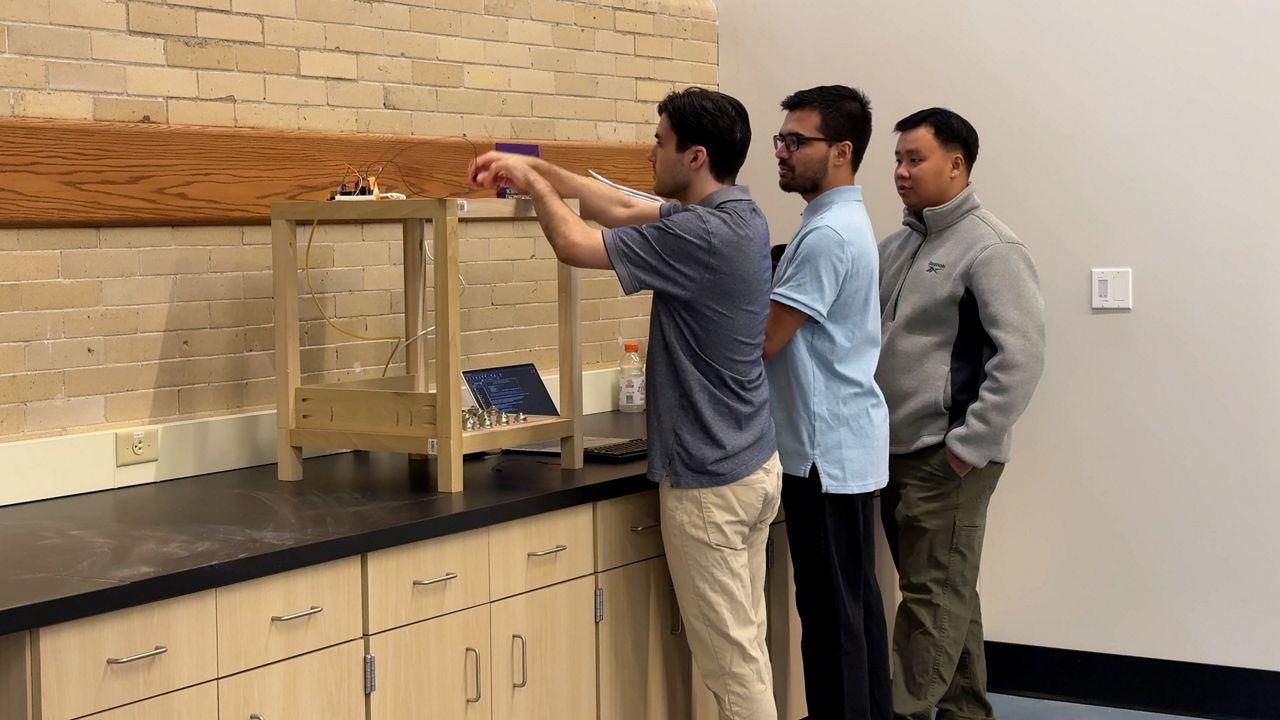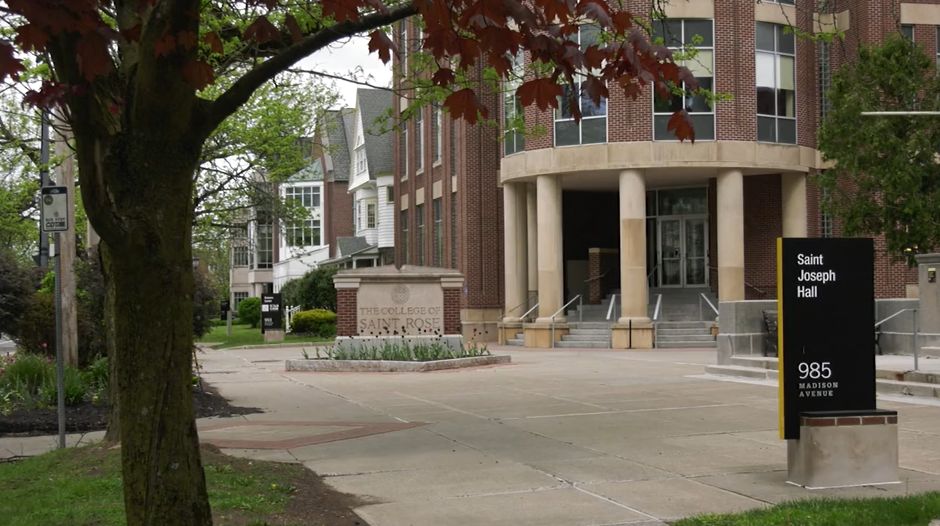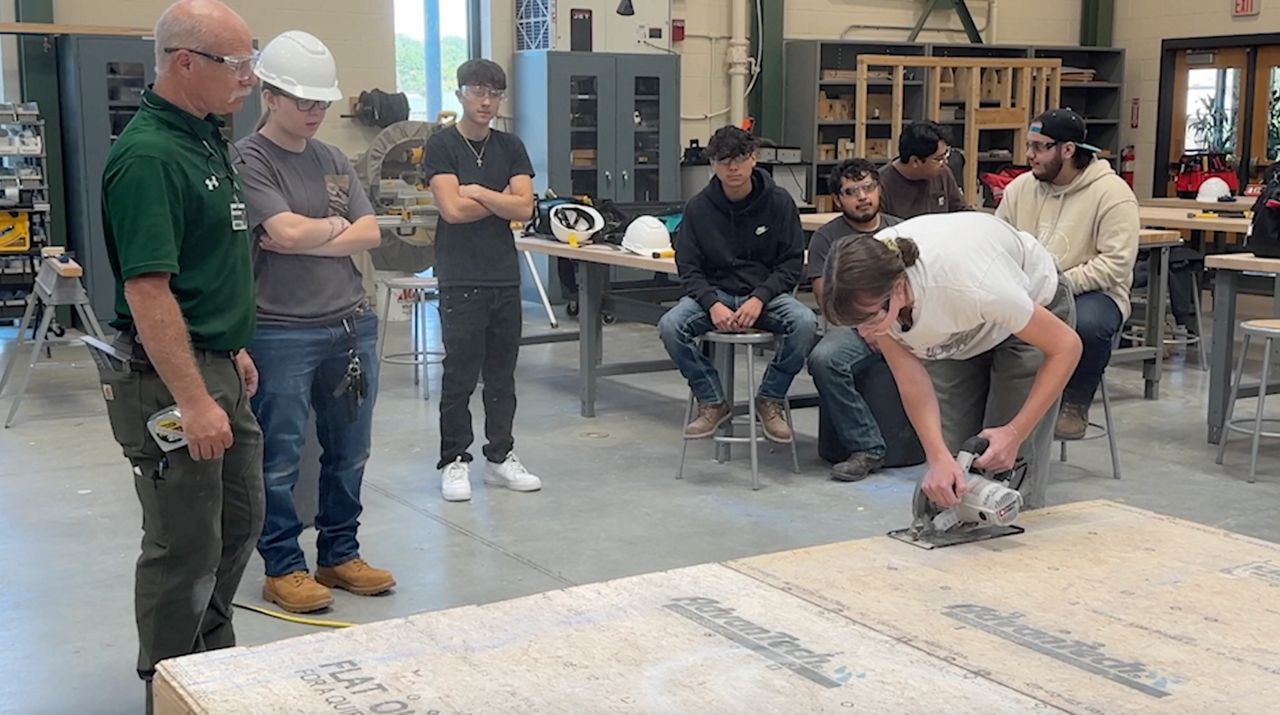Sitting almost 5,000 feet high at the peak of Whiteface Mountain is one of the most revolutionary laboratories in New York, but for the research team there, this is only the base of where it all begins.
“This is the last mountaintop spot like this remaining that does cloud water measurements in the U.S.,” University at Albany faculty researcher Sara Lance said.
For more than 50 years, UAlbany’s Atmospheric Sciences Research Center has led the nation when it comes to analyzing how our atmosphere is responding to change.
“Climate change is one of the most important problems that this world faces. So the more research we do to understand how the climate is changing, the better we can think about how we can deal with that going forward,” said Atmospheric Sciences Research Center Director Chris Thorncroft.
Led by Lance and a group of graduate students, their findings have already curved recent climate change trends.
“I have all this freedom to find out what’s going on, and just trying to put things together and try to understand it from different perspectives that we haven’t had in the past,” Lance said.
Atop the fifth highest peak in the state, the laboratory collects sample directly from the clouds. These samples can date back as far as 2018, where Lance and her team are beginning to notice trends that can have impacts on our climate.
“So in the past, the sulfate concentration was really dominating the aerosol composition, so this is something we regulated and we’ve reduced so the air quality has improved,” Lance said. “So it affects the air quality, health and visibility, and also the climate, so there are climate impacts as well.”
One story above is where samples are collected from the roaming clouds overhead – with a view that’s unmatched.
“It’s quite different as you say, inside the building. It’s kind of dark in there, and a lot of noise and pumps,” Lance said. “Then you come out here, it’s a nice confirmation of what you’re seeing with the data.”
For the team of graduate students working alongside Lance, this opportunity is rare.
“I’m just excited to be at the forefront of new research and new things we didn’t understand, or better understand and have a better idea of how we can take care of our environment and climate,” graduate student Adam Deitsch said.
With half a century of history, and a plan to change the future of the world, the lab’s work can’t be overlooked.
“They’re leading the world in this kind of research,” Thorncroft said. “It’s a great team, doing really fundamentally important work for society in terms of better understanding our climate and the role humans are playing in our climate.”










